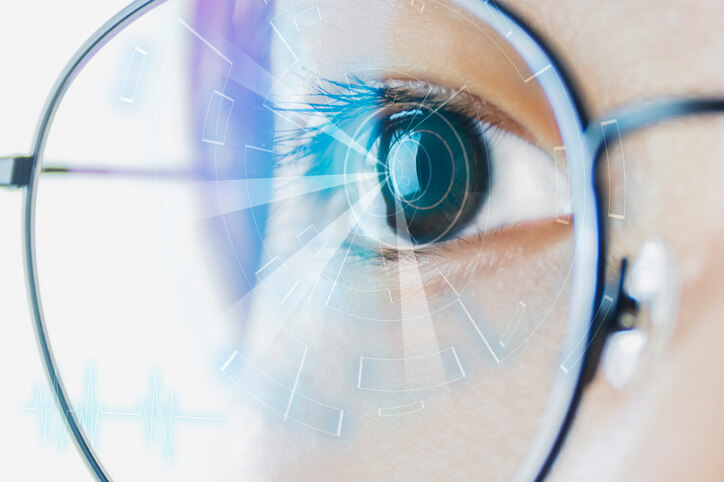What’s the product?
Are you wearing a glass that could bring every object in focus? If not, then it’s time to wear smart glasses that are being produced by the University of Utah. These glasses will help you in giving clear vision by adjusting their liquid based lenses. Through this, the need for bifocals will end as you will need to change your spectacles for the rest of your life.
What’s the technology behind smart glasses?
These glasses use piezoelectric pistons and plastic lenses. This helps in shifting lens’s curvature for nearsighted and farsighted users. Due to this, a focus can be brought at any point. Smart glass lenses are made of glycerol, which is a highly refractive liquid. Transparent pistons push the glasses forward, hence making the lenses convex. Whereas pistons are moving back, prescription makes the lenses concave.
For clear vision, such glasses require two pieces of info from the user. The first one being the prescription that the user enters into his mobile application. The lenses are calibrated with the help of Bluetooth. Whenever the user order the data can be updated from the mobile app. The second one being the distance to the desired focal point. This distance is measured by a sensor that is located in the center of the frame. A microcontroller present in the glass, stores this prescription info and sensor helps in giving the distance info. This info is plugged by the microcontroller into a specific algorithm. This helps in determining the exact voltage required to apply to the piezoelectric pistons to achieve the desired curvature.
| Recommended for you | |
| Optogenetics to help people with blindness and Parkinson’s disease | |
| Google’s smart contact lenses coming shortly | |
| Virtual reality and augmented reality for training physicians |
What are the applications (can it be used in remote areas)?
These smart glasses will drastically compensate the focusing loss of the eye. Hence elderly individuals distressed with near or farsightedness issue will be able to see the sharp images in no time.
Depending on the curvature of lenses, these smart glasses can focus on anything; the wearer is looking. The glass just takes 14 milliseconds to change the focus.
The frame has a rechargeable battery which lasts for 24 hours. In the coming years, these glasses will be more stylish and slimmer. They will also have some additional features such as depth camera and eye-tracking option. These features will consume more energy; therefore, small, powerful battery would be needed.
What’s the market and target users?
Carlos Mastrangelo, who is the computer engineering professor at the University of Utah thinks that these smart glasses will take the next two to three years for its complete development and the cost will go around $500 to $1,000. People aged 45 and above will be benefited significantly as they won’t change their glass with a new prescription. Old aged people will not have a focus issue as these smart glasses will cover their near and far sight focus with the help of liquid-based lenses. The technology used here is superior to any other smart glasses.
Who are the key players?
As per the University of Utah smart glasses team, the current design is quite bulky, and they are working on the frames so as to make them look stylish and lighter. Sharpeyes LLC, which is a startup company that has been created to commercialize the glasses.
Conclusion
Recently, these smart glasses-bulky working prototype was displayed at Consumer Electronics Show in Las Vegas. Mastrangelo adds that the design with additional features will be improved in the next three years. The National Institute of Biomedical Imaging and Bioengineering and The National Institutes of Health have given funds with a grant to a team of smart glasses, University of Utah.
Image credit: www.istockphoto.com

















